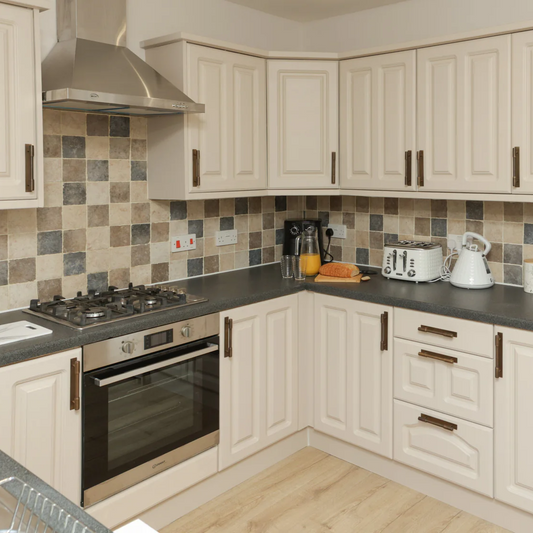How to Choose a Front Door Knocker That Matches Your Home’s Style

Your front door is one of the few parts of your home that every visitor interacts with. Whether it is set back from the street behind a garden gate or directly facing the pavement, how you present the entrance sets the tone before anyone steps inside. The choice of door knocker might seem like a small detail, but the right piece can bring a sense of cohesion to the entire frontage, especially when paired with complementary hardware and finishes. The key is finding something that feels in keeping with the character of the home without resorting to trend-following or generic options. In this guide, we’ll help you understand how to choose a front door knocker that complements your home’s architecture, size, and style.
Choosing a Style That Matches the Architecture
Different door knocker designs naturally suit different architectural settings. For older homes with Georgian or Victorian proportions, traditional motifs like lion heads or shell shapes carry a sense of history that does not feel forced. Cottage-style homes, particularly those with stable doors or pastel-painted panels, pair well with softer shapes like bees or dragonflies, both of which are featured in Brass Bee’s collection. Modern doors with flush surfaces or minimal framing tend to suit cleaner forms, but even here, the right motif can add interest without clashing with the design.

Getting the Size and Placement Right
A common mistake is choosing a door knocker that is either too large or too small for the door it sits on. This becomes especially noticeable on narrow or panelled doors, where proportion plays a significant role in the overall presentation. Slimline knockers with a vertical orientation often work best on tight spaces, while broader, centred pieces feel more appropriate on wide, flat doors. If the knocker is the only decorative element, it should act as a visual anchor without overwhelming the rest of the door.

Matching Finishes with the Rest of the Door
The finish you choose can have just as much impact as the shape itself. Brass house numbers and knockers with a similar aged tone bring warmth to red brick or darker timber doors, while matte black hardware suits contemporary greys or rich navy paint. If your door is painted in a pastel or statement shade, a brushed or antique finish usually feels more grounded than something shiny or high-gloss. Consider your letterbox, handle, and even exterior lighting when choosing so that the entire entrance feels thoughtfully pulled together.

Reflecting Taste Through Motif and Detail
Design decisions do not need to be overly bold to reflect personality. Opting for unique door knockers allows homeowners to express something subtle without straying into novelty. A bee-shaped knocker, for example, is characterful but refined when well made, while a dragonfly or fox can offer a personal nod to heritage, nature, or storytelling. These motifs sit comfortably on a wide range of UK door styles without feeling out of place or overly themed.

Things to Keep in Mind for Listed Homes
If you live in a listed property or within a conservation area, it is important to be measured in your selection. This does not mean defaulting to plain hardware, but the knocker should complement the architectural context. Classic motifs like shells or lion heads in antique brass or cast iron are often well suited to Georgian and Edwardian façades. Very modern or high-shine finishes, on the other hand, can feel out of step with the surroundings and may even risk raising concerns with planning oversight.

A well-chosen knocker brings quiet structure and identity to the front of the home. By matching shape, scale, and finish to the building itself, you avoid the common pitfall of accessories that look decorative but disconnected. If you are serious about choosing a knocker for your front door that will age well and feel rooted in place, the best results come from restraint, not repetition.



